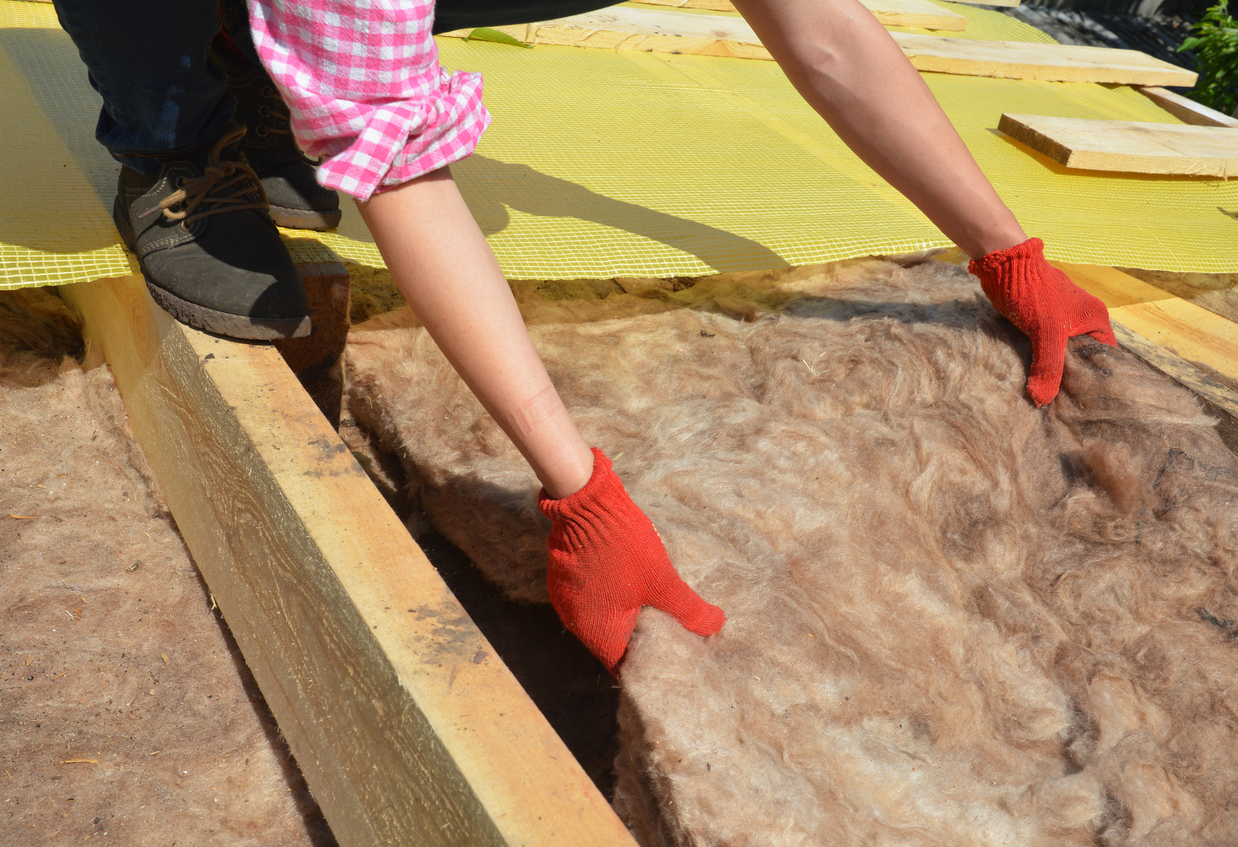
by royalcrownroofing | Jun 9, 2023 | Roof Maintenance, Roofing Insulation, Roofing Materials
Insulating a roof is crucial for maintaining comfortable indoor temperatures, reducing energy consumption, and ensuring cost efficiency. There are various types of roofing insulation materials available, each with its unique properties and advantages.
Fiberglass insulation is one of the most common and widely used types of roofing insulation.
It consists of fine glass fibers that trap air pockets, creating a barrier against heat transfer. Fiberglass insulation is lightweight, fire-resistant, and has excellent thermal performance. It is available in pre-cut batts or rolls, making it easy to install between roof rafters or in attic spaces. However, proper protective equipment, such as gloves and masks, should be worn during installation due to potential skin and respiratory irritants.
Cellulose insulation is an eco-friendly option that offers excellent thermal and sound insulation properties.
Cellulose insulation is made from recycled paper fibers treated with fire-retardant chemicals. Cellulose insulation is often blown or sprayed into the roof cavity or attic, providing a seamless and efficient coverage. It is particularly suitable for irregularly shaped spaces or areas with obstructions. However, proper moisture control and vapor barriers should be in place to prevent moisture accumulation and potential damage.
Spray foam insulation is a versatile option that creates a seamless, airtight barrier.
Typically applied as a liquid, spray foam insulation expands and solidifies, filling gaps, cracks, and voids. It provides excellent thermal insulation, air sealing, and moisture control, and is particularly effective in preventing air leakage and reducing energy loss. However, professional installation is recommended, as the process requires specialized equipment and expertise. It is also important to note that some types of spray foam insulation may release volatile organic compounds (VOCs) during application, so proper ventilation is necessary.
Rigid foam insulation, also known as foam board insulation, is a rigid panel made of polystyrene, polyisocyanurate, or polyurethane.
It offers high thermal resistance and can be installed on the roof deck or as an additional layer on top of the existing roof. Rigid foam insulation provides excellent moisture resistance and helps prevent condensation. It is lightweight, easy to handle, and can be cut to fit specific dimensions. However, it may require additional protection against sunlight and potential damage from impacts or foot traffic.
Choosing the right roofing insulation is essential for improving energy efficiency and maintaining a comfortable indoor environment. By understanding the properties and benefits of different types of roofing insulation, homeowners and builders can make informed decisions to enhance the efficiency and longevity of their roofs. Contact Royal Crown Roofing for their expert advice on what you need for your home. They are there to serve you.
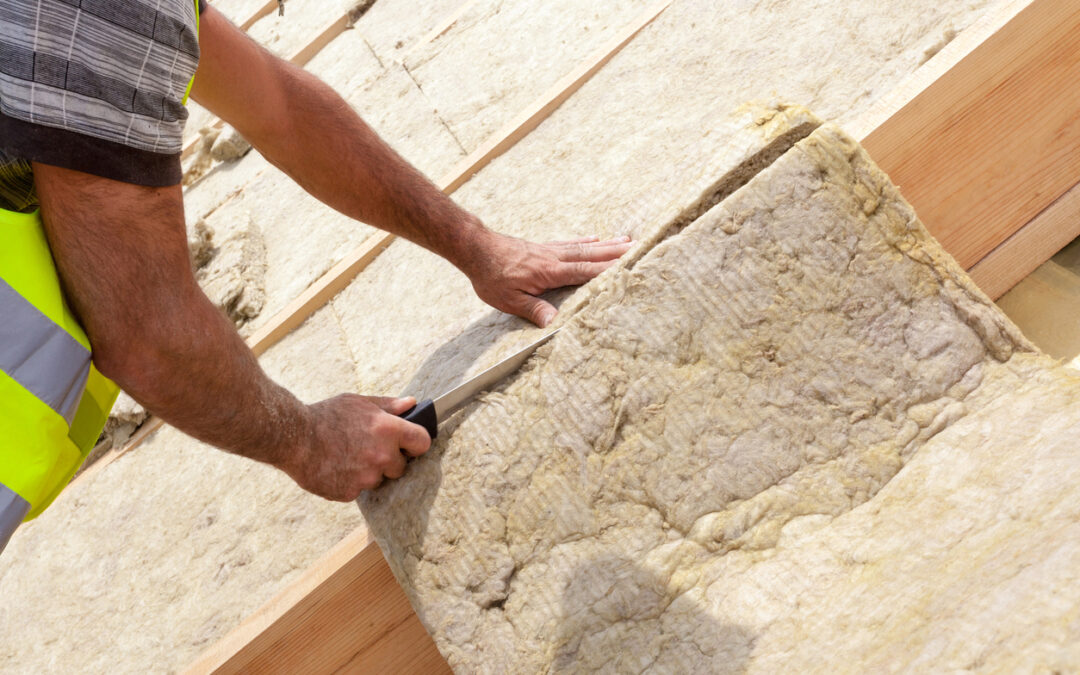
by royalcrownroofing | Jun 2, 2023 | Roof Maintenance, Roofing Insulation, Roofing Materials
Energy efficiency has become a key consideration in various aspects of our lives, including the construction and maintenance of all types of buildings, including homes. You reduce the need for excessive heating or cooling when you make an investment in it, including when you get an energy-efficient roofing system. Not only that, but it saves you both time and money.
By effectively insulating a home or building, roofs can help maintain a consistent indoor temperature throughout the year, thereby reducing the reliance on heating and air conditioning systems. And the stable indoor temperature created by these roofs promotes a more comfortable home and working environment, leading to increased productivity and well-being. Additionally, energy-efficient roofing can minimize temperature fluctuations, reducing the need for constant thermostat adjustments. And this, in turn, leads to significant energy savings and lower utility bills.
When your energy-efficient roof reduces energy consumption, it also lowers greenhouse gas emissions associated with heating and cooling systems. Furthermore, energy-efficient materials often incorporate recycled or sustainable components, reducing the demand for new materials and minimizing waste. The use of cool roofing materials, which reflect sunlight instead of absorbing it, can also mitigate the urban heat island effect, where cities like our Houston area location become significantly warmer due to heat absorption by buildings and pavements.
Energy-efficient roofing materials are typically more durable and resistant to wear and tear. This increased resilience leads to protection against extreme temperatures, and other weather-related damage in addition to helping to protect against UV radiation. This means a longer roof lifespan, reducing the frequency and cost of repairs or replacements.
Over time, the cost savings on energy expenses can offset the initial investment in energy-efficient roofing, making it a financially viable choice for long-term sustainability. Royal Crown Roofing experts are standing by, waiting to be of assistance. Contact them today!
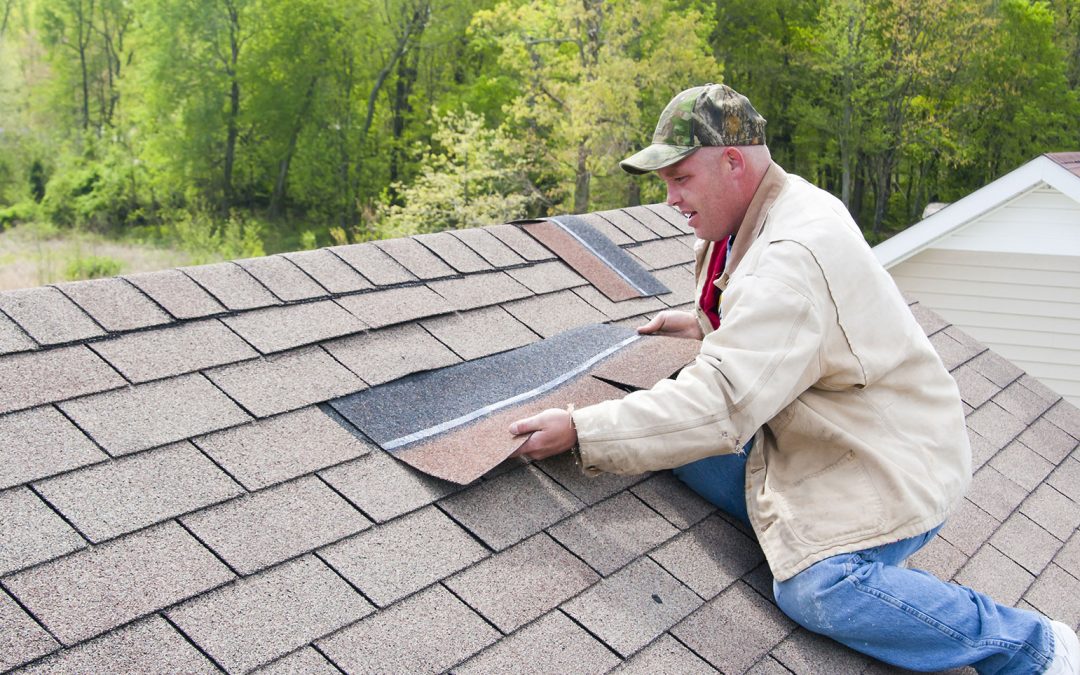
by royalcrownroofing | May 26, 2023 | Roof Maintenance, Roofing Materials
Understanding the intricacies of roofing warranties is crucial to making informed decisions and effectively utilizing the coverage they provide.There are two primary types of warranties associated with roofing materials: manufacturer warranties and contractor warranties.
Manufacturer warranties, provided by the manufacturer of the roofing materials, typically cover defects in the materials themselves, such as shingle granule loss, cracking, or premature aging. Manufacturer warranties vary in duration and coverage, ranging from 10 to 50 years or more.
Contractor warranties, also known as workmanship warranties, cover the installation and workmanship of the roofing project. These warranties ensure that the installation is performed correctly and protect against errors or issues arising from the installation process. Contractor warranties may range from a few years to a lifetime, depending on the contractor and agreement.
It is essential to thoroughly read and understand the coverage and limitations of a roofing warranty.
Manufacturer warranties often have specific criteria that must be met to qualify for coverage, such as proper installation, regular maintenance, and adherence to specific guidelines. Failure to meet these requirements may void the warranty.
Contractor warranties typically cover defects related to the installation process, including leaks or issues arising from improper installation techniques. However, they may exclude damages caused by external factors, such as severe weather events or lack of maintenance.
Another important aspect to consider is whether the warranty is transferable. Some warranties can be transferred to subsequent homeowners, which can enhance the value of the property and provide assurance to potential buyers. Transferable warranties can be especially beneficial if you plan to sell your home in the future.
Most roofing warranties also require regular maintenance to remain valid. This may include inspections, cleanings, and repairs conducted by qualified professionals. Adhering to the recommended maintenance guidelines ensures that your roof remains in good condition and helps identify and address any potential issues before they become more significant problems.
Finally, to ensure that the roofing warranty remains valid, it is crucial to hire a reputable and experienced roofing contractor for the installation. Many warranties require that the materials be installed by certified contractors to maintain coverage. Hiring a professional ensures that the installation is performed correctly, reducing the risk of future issues and preserving the warranty’s validity.
Remember, reading and comprehending the warranty documents and discussing any concerns with the manufacturer or contractor can help clarify any uncertainties and ensure a smooth roofing experience. Royal Crown Roofing invites you to meet with them to help you understand all the ins and outs of warranties. Contact them for an appointment.

by royalcrownroofing | May 19, 2023 | Roof Maintenance, Roofing Materials
Your roofing choices have a substantial impact on the environment. By selecting energy-efficient materials, opting for sustainable and recycled options, considering water management, and integrating solar power, you can minimize the environmental footprint of your roof. Furthermore, choosing durable materials that require less frequent replacement helps reduce waste generation.
The type of roofing material you choose can impact the energy efficiency of your home. Cool roofing options, such as reflective coatings or metal roofs, can reduce heat absorption, leading to lower cooling costs and reduced energy consumption.
The lifespan of roofing materials directly impacts their environmental impact. Materials that require frequent replacement contribute to increased waste generation. Investing in durable roofing materials, such as metal, clay, or slate, can extend the lifespan of your roof, reducing the need for replacement and the associated waste production.
Choosing sustainable and recycled roofing materials is an effective way to reduce environmental impact. Some options include recycled metal roofs, rubber roofs made from recycled tires, or shingles made from recycled plastic or wood fiber. By utilizing recycled materials, you contribute to the reduction of waste in landfills and the conservation of natural resources.
Roofing choices also impact water management and runoff. Green roofing solutions, such as vegetative roofs or the use of permeable pavers, can help manage and absorb rainwater, reducing the strain on local water infrastructure and minimizing water pollution.
Some conservationists have pointed out that the production, transportation, and disposal of roofing materials can contribute to greenhouse gas emissions and carbon footprint. Materials like asphalt shingles often require significant energy in their manufacturing process. Opting for materials with lower embodied energy, such as metal, clay, or recycled materials, can help reduce the carbon footprint associated with your roof.
Another environmentally friendly roofing choice is the integration of solar panels. Solar roofs harness clean and renewable energy, reducing reliance on fossil fuels. They can generate electricity for your home and potentially contribute excess energy back to the grid, reducing overall carbon emissions.
By making informed choices, you can contribute to a more sustainable and eco-friendly future. Royal Crown Roofing has the experts and expertise to help you make environmentally friendly choices for your roof. Contact them for their help.
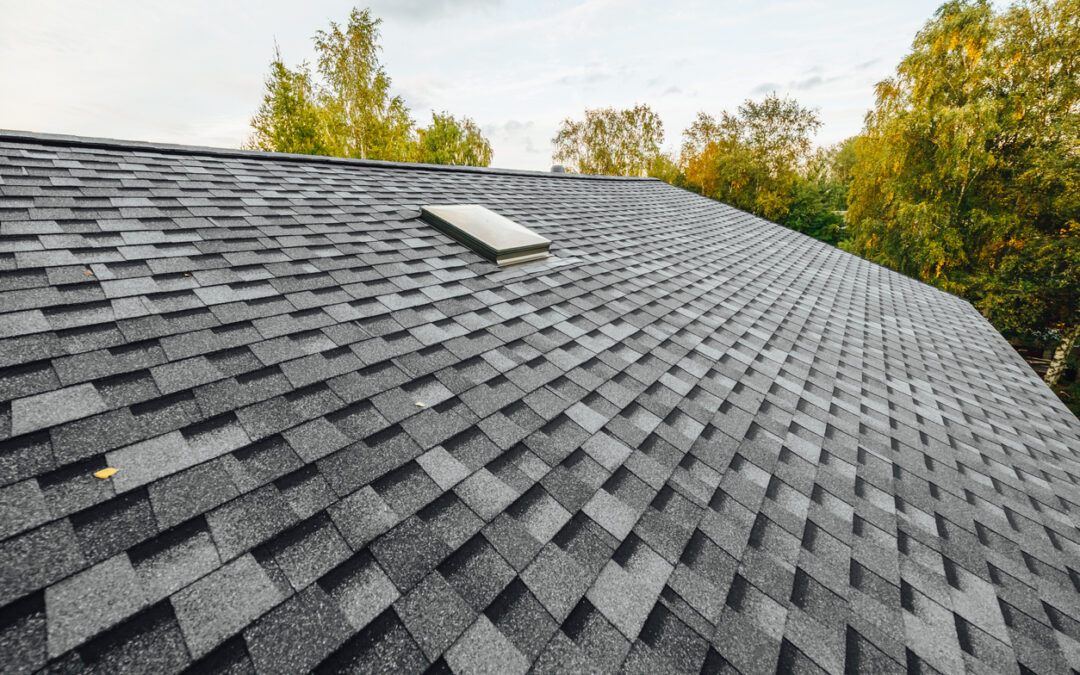
by royalcrownroofing | Mar 14, 2023 | Roof Maintenance, Roofing Materials
If it’s time to replace the roof on your home, you’re probably wondering how to choose the right materials. Here are some factors to consider when making that choice.
Durability
You want your roof to last as long as possible, so consider the lifespan of different types of materials. If you’ve settled on asphalt shingles, take a look at different options to find a weight and material that will last the longest.
Appearance
Consider the style of architecture of your house as well as what colors will compliment your home. Remember that you can stay true to the style by installing a type of roofing that uses modern materials to mimic older styles like slate or clay tile.
Roof Slope
Roof slope also impacts how well a roofing material will suit your home. The slope of your roof determines whether or not you can use shingles or tiles in order to keep water from pooling on the surface.
Climate
Snowfall, wind, heat, and other climate factors can also help you choose the right roofing materials. Asphalt shingles work in numerous climates because they’re versatile and able to expand and contract with changing temperatures.
Affordability
Asphalt shingles are the most affordable type of roofing, but it’s important to remember that there are different price ranges that typically correlate directly with their longevity and quality. In general, the more you pay for any roof, the longer it will last.
Royal Crown Roofing can help you find the right roof for your home.
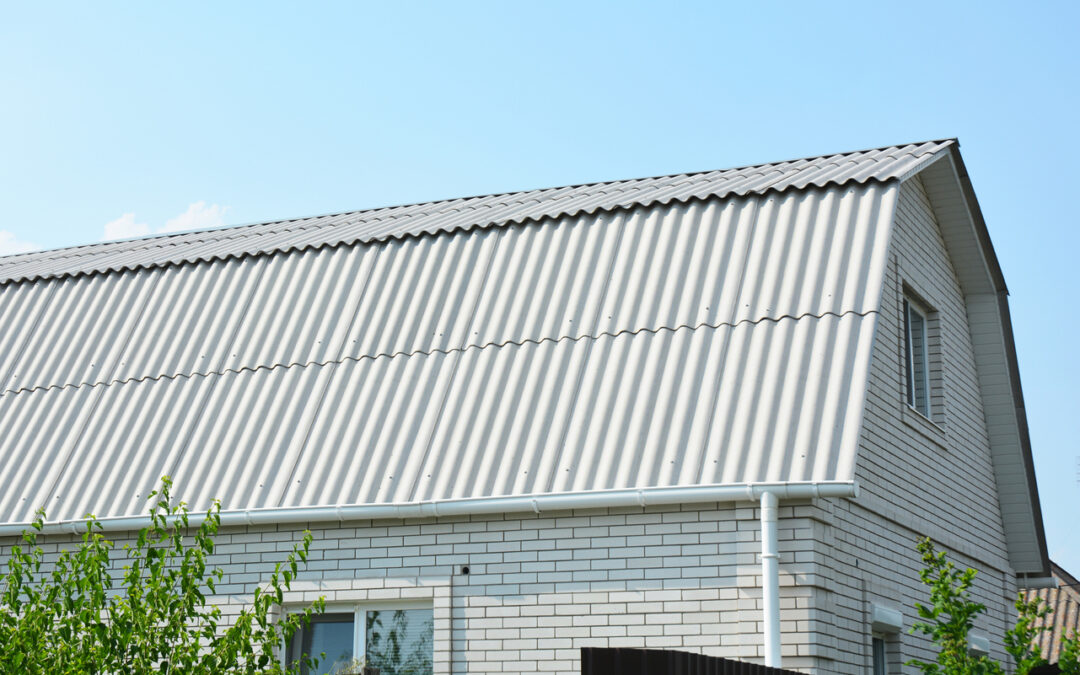
by royalcrownroofing | Feb 13, 2023 | Roof Replacement, Roofing Insulation, Roofing Materials
Cool roofing is a type of roofing designed to reflect sunlight and heat away from the home, making it an ideal choice for homeowners in hot climates like Houston, TX. This type of roofing is made from materials that are specially designed to reflect, rather than absorb, heat. In addition to being energy-efficient, cool roofing also provides several other benefits for homeowners.
One of the primary benefits of cool roofing is the energy savings it provides. By reflecting sunlight and heat away from the home, cool roofing can help reduce the amount of energy required to keep the interior cool, resulting in lower energy bills. This can be particularly beneficial for homeowners in hot climates, where air conditioning can account for a significant portion of their energy usage.
Cool roofing can also improve the overall comfort of your home. By reflecting heat away from the roof, it can help maintain a more consistent indoor temperature, reducing the need for frequent adjustments to your air conditioning system. This can make your home more comfortable to live in, while also reducing the strain on your HVAC system.
Another advantage of cool roofing is that it can extend the lifespan of your roof. When traditional roofing materials absorb heat, they can become damaged over time, leading to cracks, warping, and other forms of deterioration. Cool roofing, on the other hand, is designed to reflect heat away from the roof, reducing the amount of heat absorbed by the roofing material and helping it last longer.
Cool roofing is made using a variety of materials, including reflective coatings, tiles, and shingles. Reflective coatings are applied to the surface of the roof and are designed to reflect sunlight and heat away from the home. Tiles and shingles made from materials like metal and clay are also effective at reflecting heat, making them ideal choices for cool roofing.
At Royal Crown Roofing, we have experience in cool roofing installation and repair. Our team of experts can help you choose the perfect cool roofing solution for your home and ensure a smooth installation process. If you’re interested in learning more about the benefits of cool roofing or would like to schedule a consultation, contact us today.









